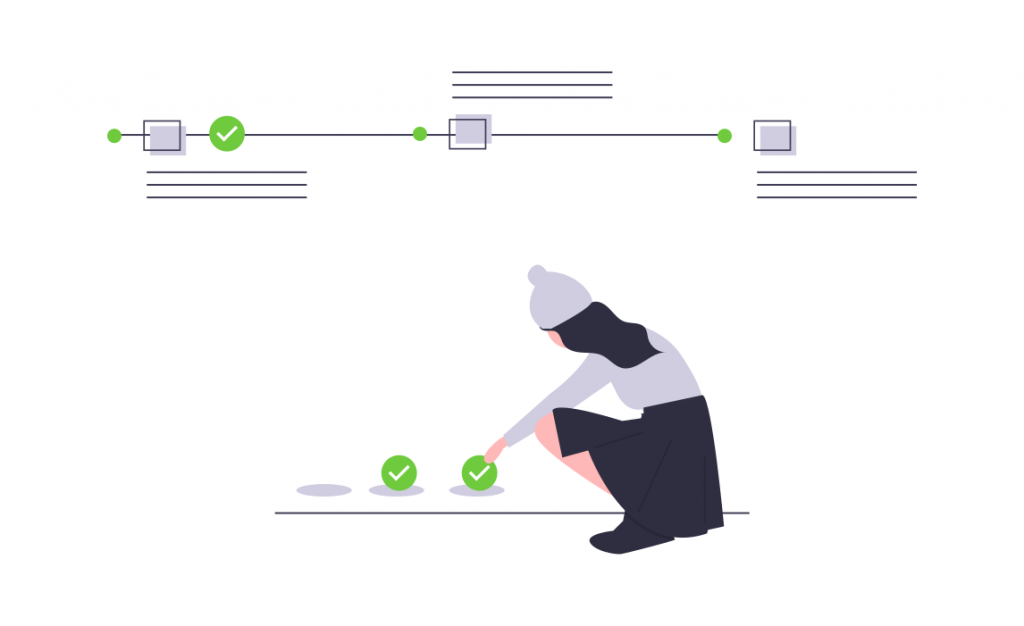Business owners already have to deal with a stack of tax forms when filing their taxes. It is not just the forms, either. There are deductions, credits, deadlines, and new tax laws to stay on top of, since regulations can change from year to year.
One tax form you may not know much about is the Schedule K-1 Tax Form, an important document for some individual corporate professionals. This tax form applies to certain types of entities that use pass-through taxation – and it can be difficult to understand if it’s your first time filing it.
Not all pass-through entities will need to use this form, but you will if you are a partner, S corporation shareholder, or beneficiary of a trust or estate. This guide will take a closer look at everything the IRS Schedule K-1 includes, frequently asked questions about this form, and how to complete it.

What Is a Schedule K-1?
Pass-through taxation, discussed in greater detail later, shifts the tax liability away from the corporation and to those who have an interest in the business. That doesn’t mean, however, that the corporation can take advantage of this opportunity to avoid reporting all its earnings.
The 1040 Schedule K-1 form is designed to ensure that doesn’t happen. It is where partners and shareholders report profit amounts that were “passed through” from the business to each individual. Owners report their share of the partnership’s income, deductions, losses, credits, and the like.
Schedule K1 is similar in nature to Form 1099, which is also used for tax reporting purposes. It is also used by shareholders of S corporations and beneficiaries when receiving funds from an estate or a trust.

4 FAQs About the Schedule K-1 Tax Form
What Is Pass-Through Taxation?
A corporation that qualifies as a pass-through business is exempt from paying the IRS-mandated corporate income tax. The company’s income is reported on each business owner’s individual income tax return. In addition to paying individual income tax, pass-through businesses also pay self-employment taxes, state taxes, and local taxes.
In most cases, pass-through businesses include the following types:
- Sole Proprietorships
- Partnerships (which can include LLCs)
- S Corporations
Which Businesses Have to File Schedule K-1?
Keep in mind that if you are a sole proprietor or a single-owner LLC, you’ll report your income on Schedule C of IRS Tax Form 1040 – Profit or Loss from Business. Even though these businesses are pass-through, Schedule K-1 does not apply to them.
Only business partners and shareholders of S corporations will use Schedule K-1 to report business income. In addition, trusts and estates that distributed income in the applicable tax year need to use Schedule K-1. Taxpayers with investments in limited partnerships and certain exchange-traded funds will likely receive it as well. There are three versions of the form to be aware of.
Form 1041
Form 1065
Note that this information should be in keeping with the numbers the partnership reported on IRS Form 1065: U.S. Return of Partnership Income. You can find Schedule K-1 under the “Income and Expenses” section of this form. Ensure that all numbers are in sync so there won’t be any questions or red flags from the IRS.
Tax filers will need to report not just ordinary business income or losses, but also any other financial gains they received through the partnership. This includes:
- Real estate income
- Royalties
- Dividends
- Interest income
- Guaranteed payments
- Foreign or overseas transactions
- Capital gains
Form 1120-S
This form is for S corporation shareholders. S corporations have their own separate form to complete in addition to Schedule K-1, known as IRS Form 1120S. S corporations have shareholders, akin to a partnership’s invested partners. For a company to be designated as an S corporation, it must have fewer than 100 stockholders and be taxed as a partnership.
The IRS has abundant guidance on reporting pass-through income, and it can sometimes get confusing. Knowing which Schedule K-1 tax form to use, though, really comes down to what form of business you have.
What Types of Income Are Reported on Schedule K-1?
Several income types will appear on the Schedule K-1 tax form. Income will include profits from the business, rental income from real estate holdings, income from stock dividends or bond interest, alternative minimum tax items, credits, and more.
All income distributions made from the business must be reported on this form, whether to partners or beneficiaries of a trust or estate.
Where Can I Find Schedule K-1?
All IRS tax forms, including the different versions of the Schedule K-1 Tax Form, are available for download on the IRS website. Users can simply view the PDF version and fill it out on their computer, if necessary.
Taxpayers who are required to submit this form should receive a copy from whoever is responsible to report or file taxes for the business. It is a must-have if you are a partner, shareholder, or beneficiary, so make sure to contact the person responsible for your company’s tax accounting if you do not receive it by the time you begin preparing your taxes.

How to Complete the Schedule K-1 Sections
Part I – Information About the Partnership, Trust and Estate, or Corporation
Part II – Information About the Partner, Beneficiary, or Shareholder
Part III – Share of Current Year Income, Deductions, Credits, and Other Items

How to Use Schedule K-1 to Determine Financial Basis
- Each partner should receive a copy so they can report that same information on their individual return.
- If a partnership earns $200,000 of taxable income and has five equal partners, for example, each partner should receive a Schedule K-1 with $40,000 of income on it.
- One of the purposes of the form is to require partnerships to actively track each partner’s financial participation (called “basis”) in the overall enterprise.
- The form reveals how the partnership’s total returns are distributed to each partner and, thus, how that relates to each partner’s capital.
- In other words, the form reveals the size of your piece of the pie in the partnership.
- It also helps you determine how much of the partnership’s capital or losses you have to report on your personal tax return.

Work With a Tax Professional to Complete Schedule K-1 Tax Forms
The experts at Silver Tax Group are ready to work with your business to ensure you are taking advantage of all available business tax deductions and credits, in addition to reporting all your income accurately. We understand the changing tax laws so you don’t have to.
We provide other tax services aside from business tax consulting, including IRS audit defense, tax court litigation, emergency tax services, streamlined installment agreements, and much more. Our tax attorneys are here to help with whatever tax issue you are facing. Reach out to Silver Tax Group to speak to a tax expert about Schedule K-1 or other business tax documents.








